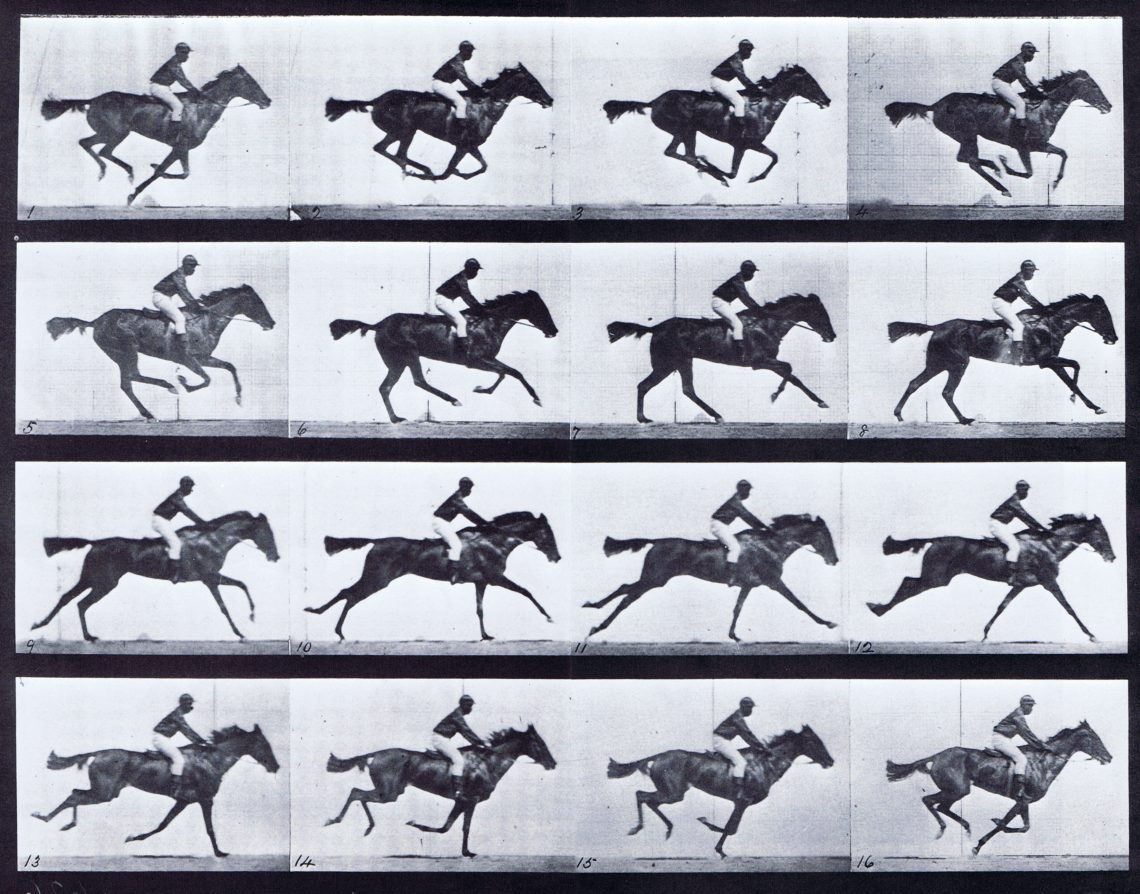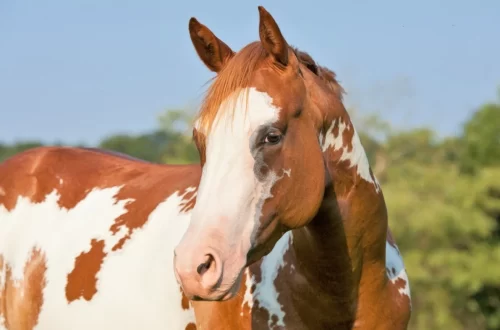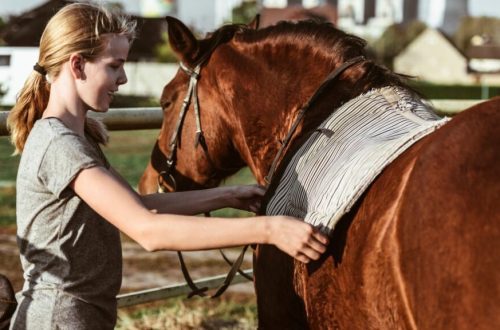
How to solve the most common gallop problems?
How to solve the most common gallop problems?
Work on the gallop constantly becomes the topic of a variety of master classes and “clinics”. Riders are keen to find out what they can do to improve the canter quality of their horses. But among the many questions they have, these are three: 1. Why does my horse never get up on the right foot? 2. What can I do to stop this terrible fast trot that the horse goes into before he canter? and 3. What if my horse does not want to maintain a canter? Luckily, these three major canter complaints are fairly easy to fix.
If a horse is healthy, well trained, and has traveled “more than one kilometer” cantering under a rider in its lifetime, it’s safe to say that its cantering problems are related to the rider.
The point is that your body position, tension, and signal timing may be telling your horse something different than you think. By making the messages clear, by accepting responsibility, you can expect your horse to respond correctly.
Signal for cantering with right foot
There are many signal options for raising a horse into a gallop. But you need to get into a canter with the right foot. First you need to understand what happens when the horse goes into a canter. First, she pushes off with her outside hind leg. If you ask to canter to the right, the horse will push off with the left hind leg, and vice versa.
Before you canter, make sure you can work on the horse’s hind legs. Do it on the go, in a relaxed and light frame, without thinking about adding speed. You should be able to encourage the horse to yield with the hip (called hip-in).
Move your outer leg a few inches back and apply pulsating pressure with your Achilles tendon there. To prepare for the right leg lift, move your left leg back. A well trained horse will move the hips to the right.
I like to do this: as I ride straight down the long side of the arena, I move my legs back, and if the horse gives in at the hips, I release the pressure and praise him. Eventually, the horse begins to understand that this is how I ask him to move his hip. It is now set to rise from the correct leg and you can continue with the rise to the canter.
I use the following sequence of signals: outside leg to displace the hip, then I lift up and in on the inside rein to prevent the horse from falling shoulder-in, and finally I give the actual signal to canter with my seat (rocking motion). In the learning process, you can also use a voice signal, for example, smacking your lips.
It’s all about strict consistency – outside leg, inside rein, butt push and smack. Many riders who think their horse has a problem getting up to canter off the right foot find that the problem goes away when they improve the signal sequence.
If your horse is still having trouble getting off the correct leg after hip-in work, try signaling just before turning onto the short side of the arena. Remember to signal before the turn, not during the turn. If the horse enters a turn, he may get up on the wrong foot, as his hip will fall out. This is why circle work is not the easiest way to teach a horse to canter on the right foot. When you lead your horse into a circle, he will stick his hip out and won’t be able to get up off his right leg. If you go straight and then just start to turn, it’s still moving correctly the moment it picks up the canter.
If the horse only rises correctly to one side, there is a possibility that he has a physical problem. This is especially true if a horse that used to get up correctly suddenly refuses to do so. Consult with your veterinarian. If there was an old injury, especially on the hind leg, the horse may have learned to compensate for it and is simply not physically strong enough to gallop in any direction.
Why is the ability to canter with the right foot so important?
It is difficult for the horse to keep balance when you are going through a corner. If the horse is following your clear signals, he should get up on the correct foot you ask for, not just ride on the foot he wants to. In addition, in competitions it is often required to enter an obstacle from a certain foot, depending on the route.
When riders come to the “clinic” and want to work on getting off the right foot, the first thing I ask is if the horse is getting up wrong in both directions. If yes, then most likely there is a problem with the supply of messages. It is not clear to the horse what you want from her, from which leg she should rise.
From trot to gallop
If you get your horse into a canter but it only speeds up the trot, you are probably using the command at the wrong time. Trained horses may inadvertently confuse getting up into a canter with a request to speed up the trot. If the horse makes a mistake and you continue to trot fast, you are essentially accepting that answer and telling the horse he is doing the right thing. If you stop the horse because it has trotted instead of cantering, you are also reinforcing the wrong answer. As soon as the horse gets a break, he decides that he did the right thing and was rewarded.
Make sure you give clear signals. If you are sure you are feeding them in the correct sequence and your horse is still going into a fast trot, let him know that this is not what you are asking him to do. Stop it suddenly and immediately ask to gallop again. If she still trots, stop abruptly with your seat, then your reins and immediately ask to canter again. Don’t let the horse rest (stop) – correct it and then move forward immediately. Continue to apply pressure throughout the process of sending until the horse gives you the correct answer and begins to gallop.
The rider hinders the horse
A nervous rider often pulls the reins back at the moment of sending. Even if the rider does something by accident, it affects the horse.
With each step of the canter, the horse’s nose “dives” down, he lifts his back and hindquarters and stretches forward with his neck. This happens primarily on the first stride when the horse moves from inactivity to full impulsion. If you do not soften the reins in time, the horse will hit the snaffle. If you are tense and do not relax your hands, you can exacerbate the problem. If your horse is lazy, then by hitting the snaffle, he gives himself full permission to stop the canter. If you have a sensitive and nervous horse, then hitting the snaffle can frighten him, giving rise to distrust of you as a rider. The solution will be the same for both cases: remember to feed the reins forward and down (not up, as this can still hit the horse in the teeth when his head goes down).
Some horses are really afraid of the gallop – they throw their heads up and rush in a panic. When I try to break this habit, I exaggerate, more than necessary, give the horse a reason to show him that he can trust me. If you don’t think you can change this habit, seek the help of a professional. Have him show what a canter might look like and remind the horse that getting into a canter doesn’t have to be accompanied by a kick to the teeth. You still have to focus on correcting yourself, but you will become more confident if you see that someone else can ride your horse correctly and the horse follows the correct commands without any problems.
Loss of gallop
Don’t send your horse out for every canter pace! Instead of pushing him every stride, explain to your horse what you expect him to do and he will support the canter on his own. Once you get the horse into a canter, his job is to support him, to do what you asked him to do until you tell him to do something else. However, many horses, not wanting to gallop, will look for an excuse to stop.
If you are pulling on the reins or your hands are tight, this may be an invitation to the horse to stop moving in the desired gait. If your horse feels too much pressure from the snaffle, he may interpret this as a signal to stop.
When you turn, you can pull on the reins and thus signal the horse to stop when you really didn’t want to. Drive the reins forward, not back. This forward movement of the hands will help the horse understand that he must continue to move forward. You can think that you are not pulling the reins back, thinking that you are turning, indicating the turn. But if you don’t soften the reins and lean back, the lazy horse may decide that you want him to stop.
Riders can also accidentally train horses to lose the canter, allowing them to rest for a long time after transitioning to a trot or walk. The horse, if not picked up immediately, may think that you have rewarded it by resting it. She will trot or walk again and again to get that mini break.
If the horse does not maintain a canter, this is a serious sign of disobedience. Such a horse needs to be made clear that you are unhappy with its behavior. You can use your leg, whip or voice to encourage the horse to move. You must find the amount of pressure that motivates. I prefer to give one strong signal than to kick the horse at every pace. No need to abuse the whip or spurs, no need to shout. You need one sharp impact that will be heard.
As you change your body position, change your signals to make them understandable.
Know what you expect and be confident in the tools you use. A well-trained horse will live up to your expectations in response to the use of proper aids. Be consistent in telling your horse what you want from him, and over time he will learn to respond to the slightest pressure.
Heidi Melocco (source); translation Valeria Smirnova.





